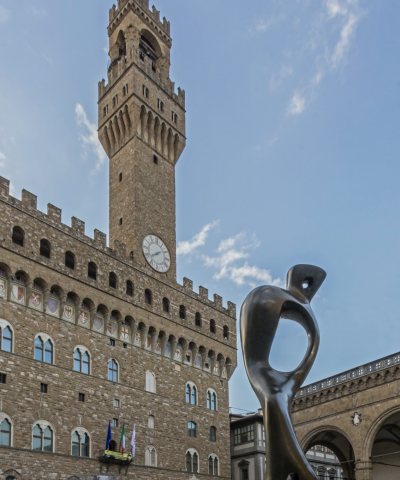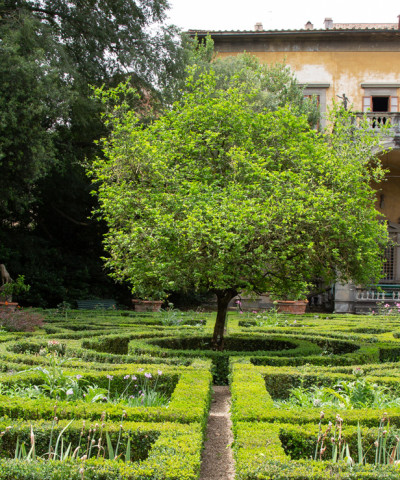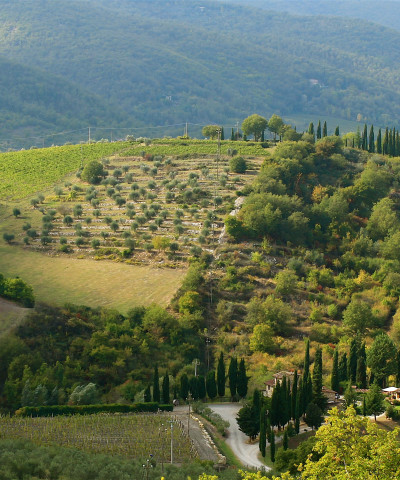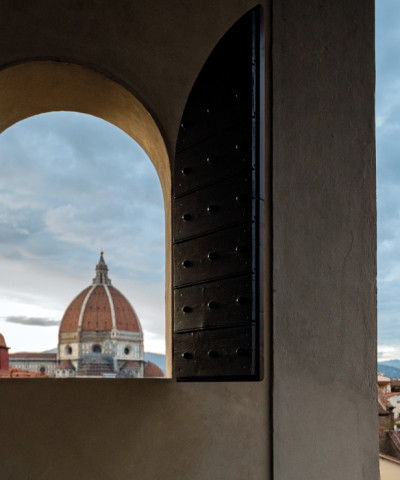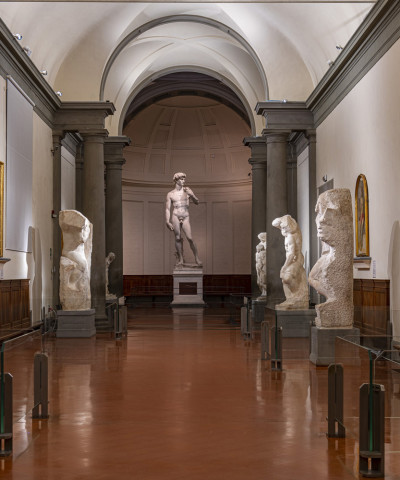photo cover: Oniwakamaru sottomette una carpa gigante, Surimono Totoya Hokkei ©Museo d'Arte Orientale Edoardo Chiossone Genova
The most beautiful exhibitions not to be missed in Tuscany
All the exhibitions to mark in your diary
Amidst breathtaking landscapes and cities of art, Tuscany welcomes spring with a rich program of exhibitions ranging from art comics to contemporary art, without forgetting the great retrospectives of the protagonists of our time.
From Florence to Siena, passing through Prato and other pearls of the territory, each exhibition is an opportunity to discover stories, visions and languages that speak to the heart and mind. Let's discover together the ones not to be missed.
Looking for the most beautiful exhibitions in Florence? Click here!
Tracey Emin at Palazzo Strozzi in Florence
The exhibition Tracey Emin. Sex and Solitude, on view at Palazzo Strozzi through July 20, is the largest retrospective ever held in Italy on British artist Tracey Emin. More than 60 works by the British artist, including paintings, sculptures and installations, explore universal themes such as the body, desire and solitude, creating a fascinating dialogue with the Renaissance architecture of the palazzo.
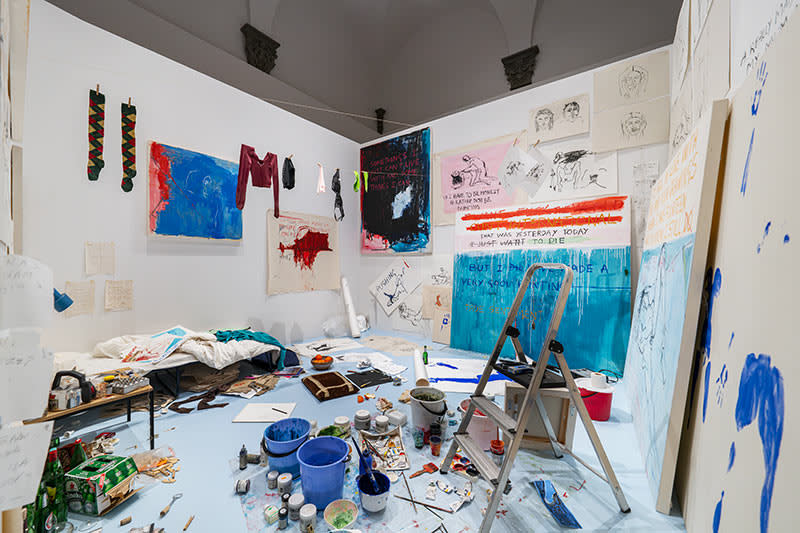 Tracey Emin Exorcism of the last painting I ever made (0©photo Ela Bialkowska OKNO studio)
Tracey Emin Exorcism of the last painting I ever made (0©photo Ela Bialkowska OKNO studio)Caravaggio e il Novecento at Villa Bardini in Firenze
Until July 20, Villa Bardini hosts the exhibition Caravaggio and the Twentieth Century. Roberto Longhi, Anna Banti, a fascinating exploration of the link between art and critical thought at the heart of the 20th century. The exhibition pays tribute to the couple formed by Roberto Longhi, a great art historian, and Anna Banti, a refined writer and translator, who together gave life to a lively cultural coterie, a point of reference for Italian and international artists and intellectuals. On display are extraordinary works such as Caravaggio's famous Ragazzo morso da un ramarro (Boy Bitten by a Lizard) and Jusepe de Ribera's intense Apostles, which dialogue with the thoughts and passions of the two protagonists.
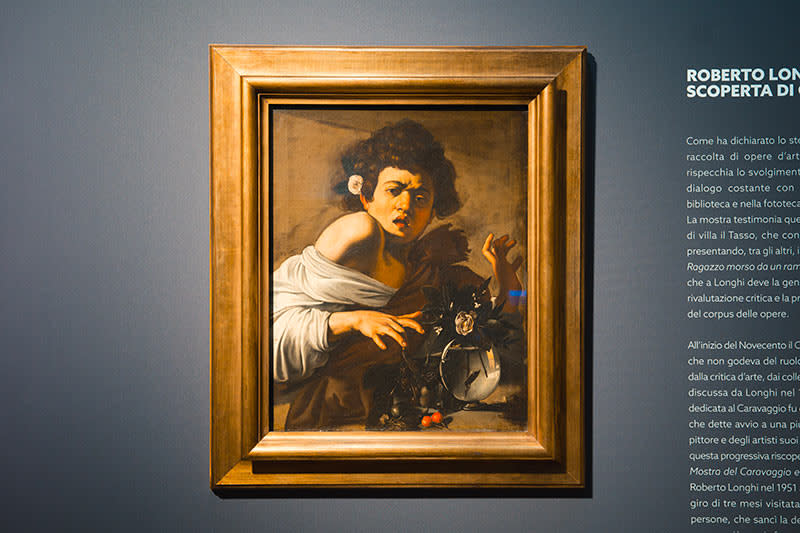 Caravaggio a Villa Bardini (ph. Antonio Mulas)
Caravaggio a Villa Bardini (ph. Antonio Mulas)Daniel Buren in Pistoia
Through July 27, Palazzo Buontalenti in Pistoia is hosting Daniel Buren's highly anticipated exhibition, with interventions that also involve the outdoor spaces of the museum venues of Palazzo de' Rossi and Antico Palazzo dei Vescovi.
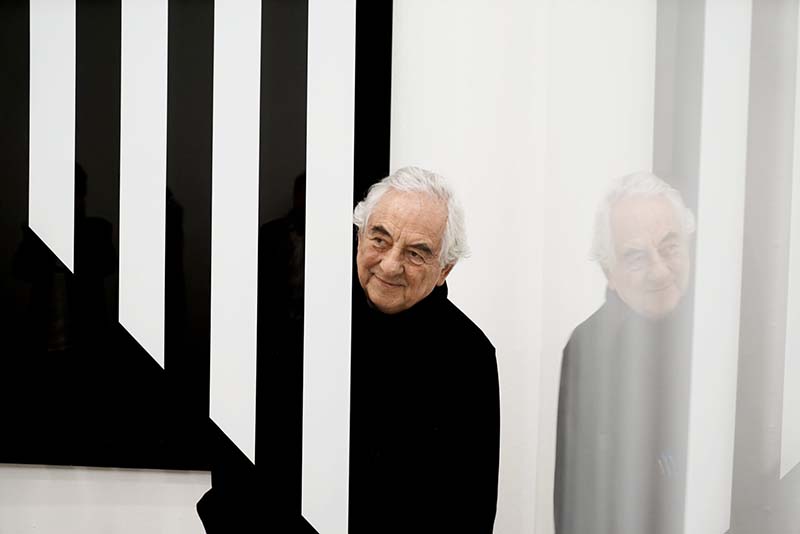 daniel Buren
daniel BurenThe exhibition DANIEL BUREN. Making, Unmaking, Remaking. Works in situ and situated 1968-2025 investigates how the French artist, born in Boulogne-Billancourt (Paris) in 1938, transforms architectural spaces through the use of forms, colors and materials, creating a dialogue between art and the environment. The itinerary, organized in twelve rooms and in the inner courtyard of Palazzo Buontalenti, offers a selection of ten pictorial works executed between 1965 and 1966, two Cabanas from 1985 and 2000/2019, three recent high reliefs, as well as a room dedicated to design drawings of interventions carried out in Tuscany and works specially created/recreated for Pistoia.
The exhibition at Palazzo Buontalenti focuses, in particular, on Daniel Buren's connection with Italy and Tuscany, presenting works that the artist has revisited and recreated in an ongoing process of making, unmaking, remaking. With this idea, Buren questions and reworks his own work, investing projects developed in Italy from 1968 to the present with new meanings and inviting the viewer to reflect on the transformation of art over time and in different contexts.
The hallmark of Daniel Buren's art is the motif of alternating white and colored vertical stripes, always 8.7 centimeters wide, from the industrial fabric used since 1965 for his paintings and taken up by the artist after 1967 in works placed in urban contexts, in institutional, and non-institutional places of art and culture. This visual device of rigorous simplicity has become his outil visuel (visual tool).
In connection with the exhibition, in the slope of the church of San Jacopo in Castellare, on the exterior wall of Palazzo de' Rossi, is the intervention From the terrace to the street: level, which engages the viewer in an unprecedented visual experience. Referring to the urban actions of the Affichages Sauvages of the late 1960s, the artist adapts his 'visual tool' to the city context, with a strip with black and white bands, arranged in dynamic alternation, that seems to “slip” on the wall, adapting naturally to the architectural structure.
In Piazza del Duomo, outside the Antico Palazzo dei Vescovi, Buren has created La facciata ai venti a work that blends with the architecture, creating a dialogue with the historic building. A sequence of alternating black and white and vertical striped fabrics, suspended from the arcades of the loggia, is animated by fans producing a chromatic movement that recalls the motifs of the Cathedral, the Baptistery and the palace itself.
Costruire Comunità at Centro Pecci in Prato
The Luigi Pecci Center for Contemporary Art in Prato presents a rich cultural program for this year entitled Building Community, which includes new exhibitions, events and activities aimed at strengthening the link between the museum and the territory. The three main exhibitions are “Smisurata. XXL Works from the Pecci Center Collection” (May 30-Sept. 8): a selection of large-format works from the museum's collection, displayed in the Gamberini space, designed to accommodate large-scale installations. Davide Stucchi's Light Lights (May 30 - Nov. 2): the first solo exhibition of contemporary artist Davide Stucchi, who presents large-scale light sculptures, transforming the perception of the exhibition space and actively involving visitors. Group Exhibition on Art and AIDS (October): a large group exhibition exploring the relationship between artists and AIDS, addressing social and cultural issues related to the disease.
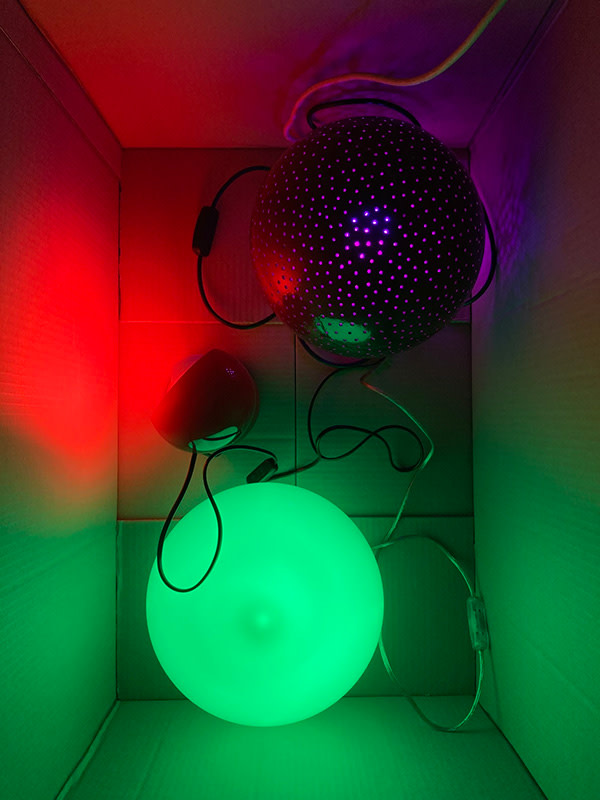 Davide Stucchi. Light Lights
Davide Stucchi. Light LightsHugo Pratt in Siena
The exhibition Hugo Pratt. Imaginary Geographies is held in Siena, at the Palazzo delle Papesse, from April 11 to October 19. It is the largest retrospective ever dedicated in Italy to the celebrated Venetian cartoonist, creator of Corto Maltese. The exhibition features more than 300 original works, including ink plates, watercolors, sketches and previously unpublished materials. The itinerary is divided into seven thematic sections, called doors, that guide visitors to discover Pratt's fictional universe: from the adventures of Corto Maltese to literary and film influences, from pop art references to exotic landscapes and the female characters that populate his stories. In addition to drawings, the exhibition includes ethnographic objects such as shields, masks, and spears from the cultures that inspired Pratt.
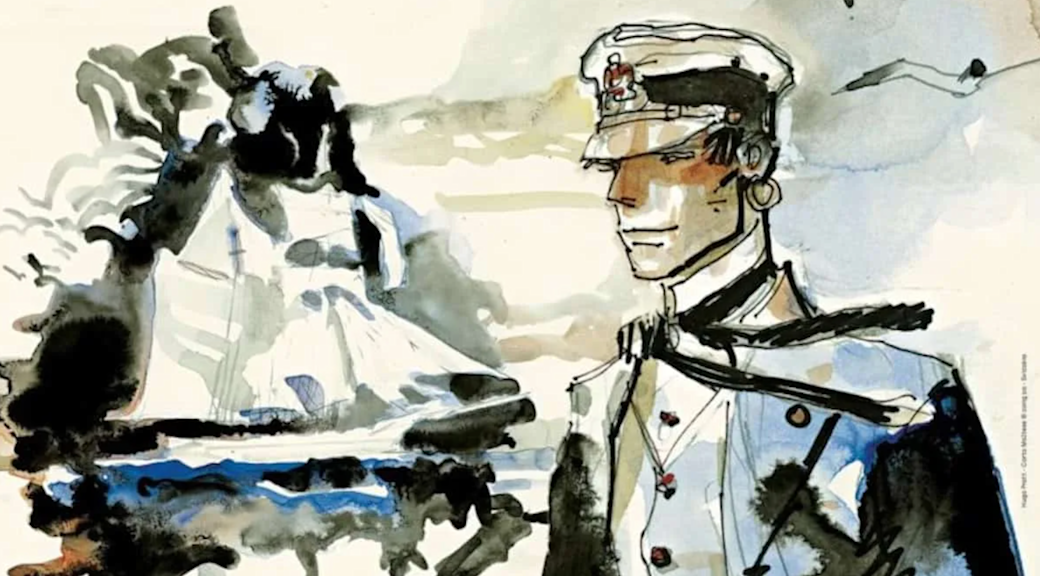 Hugo Pratt a Siena
Hugo Pratt a Siena









